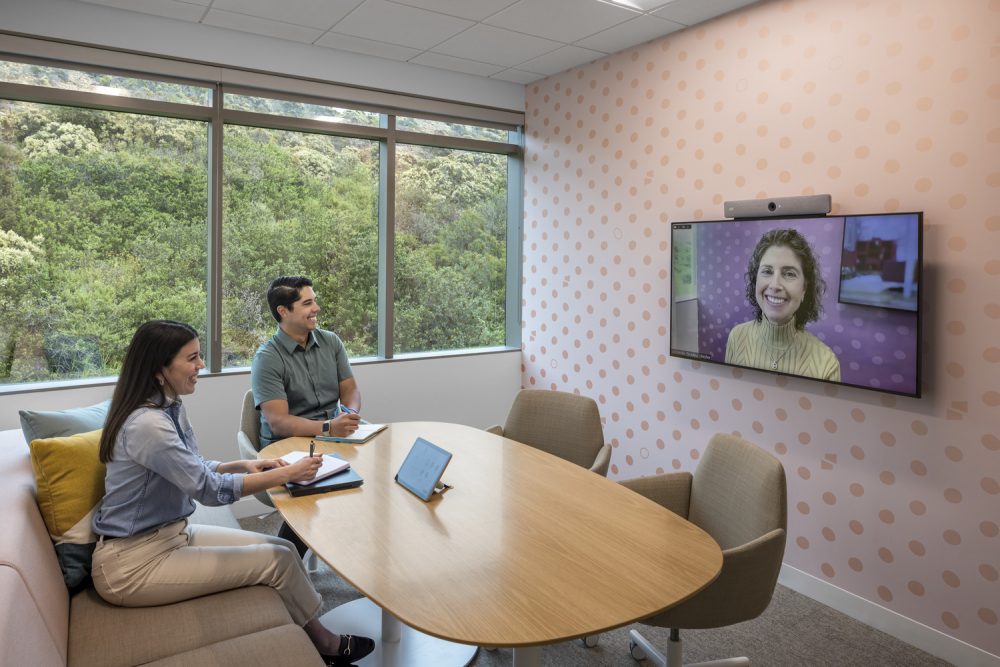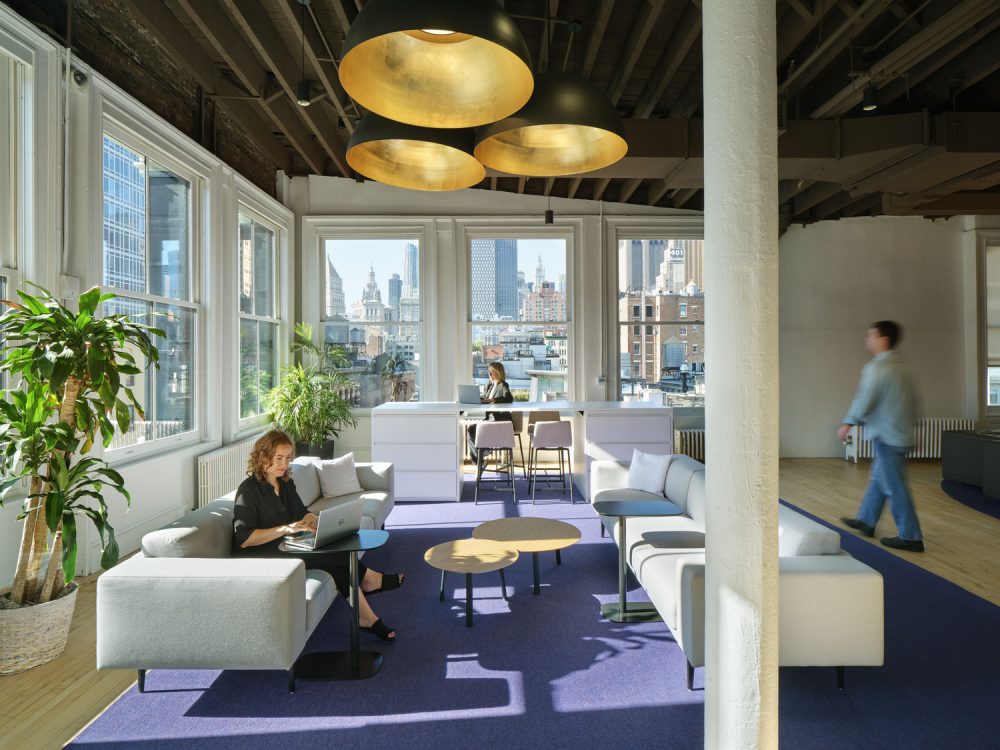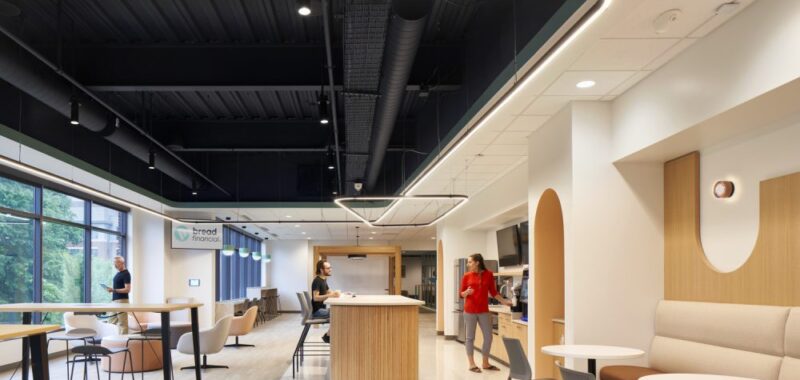Office buildings are sitting empty more than half the time. What can we do about it? Unispace’s Albert De Plazaola takes us through attracting employee interest – and attendance.
The office was the heart of professional life until the pandemic redefined its role – and its cost. Over the past five years, as organizations navigated remote work, hybrid models and the slow return to office, it became clear that simply reopening doors wasn’t enough to draw employees back. In a recent Unispace survey, we found that both employees and leadership recognize the unique power of the office to forge meaningful relationships and drive team success and collaboration in ways that virtual interactions can’t replicate. The central question facing leaders now is, “What inspires employees to come to the office?”
As Senior Principal of Strategy for Unispace Group, my team helps organizations tackle this question. While there’s no universal formula, we’ve uncovered through working with clients globally three insights that can help organizations design magnetic workplaces that naturally attract employees back.
Provide a “Productivity Promise,” not Perks
Pre-pandemic, companies often relied on perks like yoga classes and kombucha taps to make the office appealing. However, the pandemic experience revealed that employees value productivity, and these efforts alone miss the point. The real competition isn’t about replacing home comforts – it’s about creating an office that boosts productivity in ways remote work simply can’t.
In Unispace’s survey, employees ranked reliable technology infrastructure, including computers, WiFi and printers, as the number one workplace attribute. Creating conditions that empower employees to work efficiently and deliver tangible results is key to making an office space attractive to employees. This “productivity promise” makes the office a place employees choose, not one they are obligated to attend.
Face-to-Face Collaboration Scores Big, but Don’t Forget Focus
The pandemic underscored the value of face-to-face collaboration, while at the same time, it highlighted employee expectations for quiet, focused work environments. In our research, employees expressed frustration with open-plan layouts. All those benefits to collaboration are a double-edged sword when it comes to heads-down tasks: noisy interruptions and concentration don’t mix.

True creativity emerges from a rhythm of group ideation and individual contemplation. Many offices excel at collaborative spaces – think whiteboards and open areas – but lack areas for deep, focused work. Employees accustomed to the quiet of their home offices now seek private spaces or small 4-5-person huddle rooms with strong AV/IT connectivity and private spaces to balance teamwork with focused productivity.
Replace Neighborhoods with Flexible Zoning Strategies
The hybrid work model has made traditional “neighborhood” layouts—where teams share workstations, meeting rooms, and phone booths—inefficient. With employees coming in on different days, these spaces are often either overcrowded midweek or abandoned and empty on Mondays or Fridays.
Instead, modern office design should embrace flexible zoning strategies that can cater to different work styles and fluctuating occupancy. These zones include:
- The Problem-Solving Zone includes quiet spaces like private offices, soundproof pods, or coding/thinking caves, ideal for deep work without distractions.
- The Innovation Zone is a dynamic space for group creativity, offering areas with collaborative tools for team brainstorming – picture immersive maker spaces and easy-to-book huddle rooms.
- Finally, the Community Zone fosters connection and culture, with areas like social hubs/cafés, stadium seating or “central parks,” play spaces and lounges that encourage mentorship and social interaction.

What makes these spaces effective is their flexibility to scale according to demand. For example, a library space can transform into teaming space simply by shifting furniture or changing behavioral protocols. For example, Bread Financial in Columbus, Ohio, uses this approach with zones to support varying employee work styles, enabled by a phone app that allows staff to conveniently book a private desk when they need to do focus work.
The Power of the Magnetic Office
The pandemic taught us that the office must offer more than just a desk and a WiFi connection. The ideas above are not one-size-fits-all answers, but powerful strategies to help shape your journey toward a more dynamic and responsive workplace. We have a window of opportunity to pursue big ideas and make our work environment a place where people come not to score presentism points, but to truly be productive.

